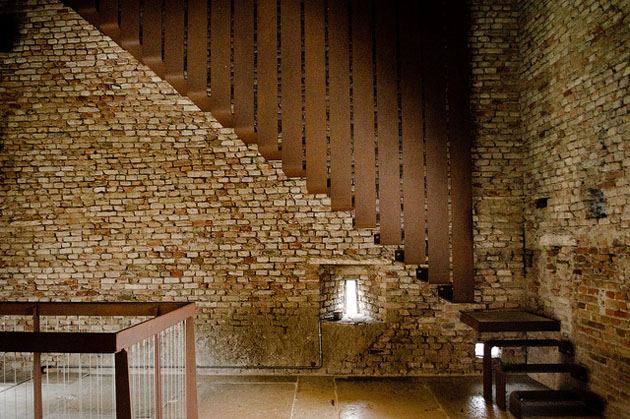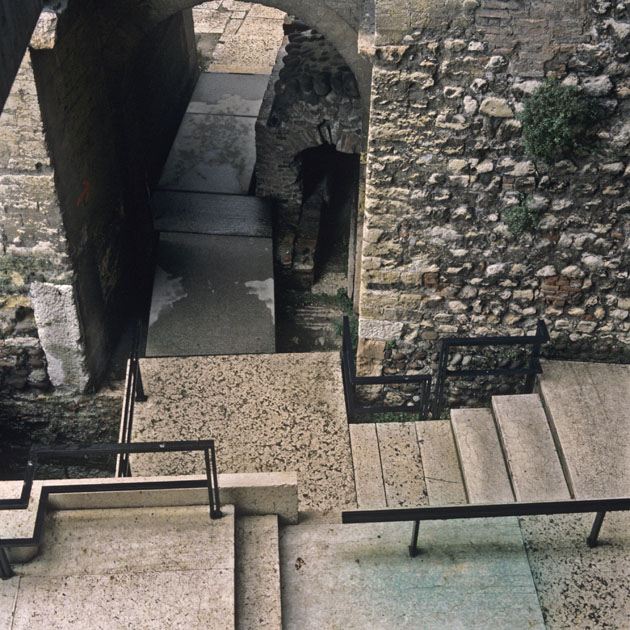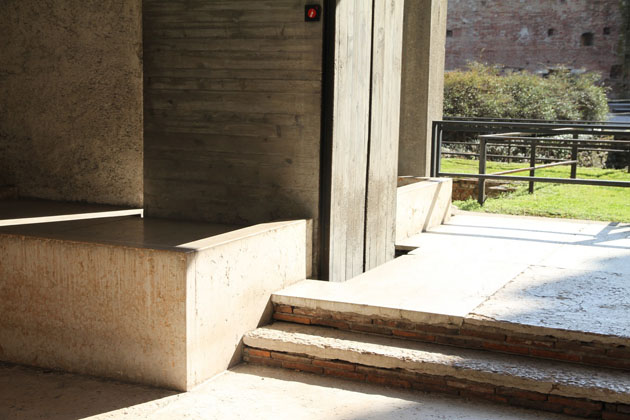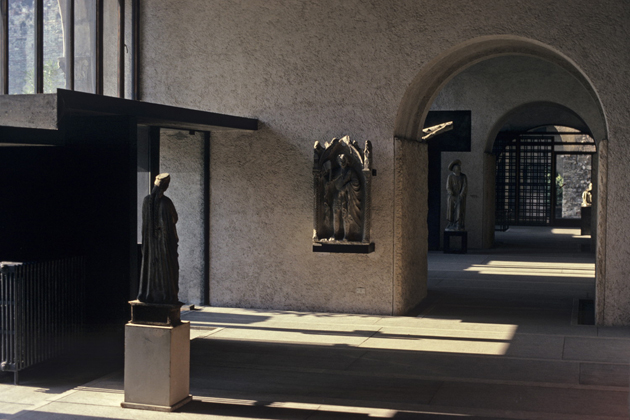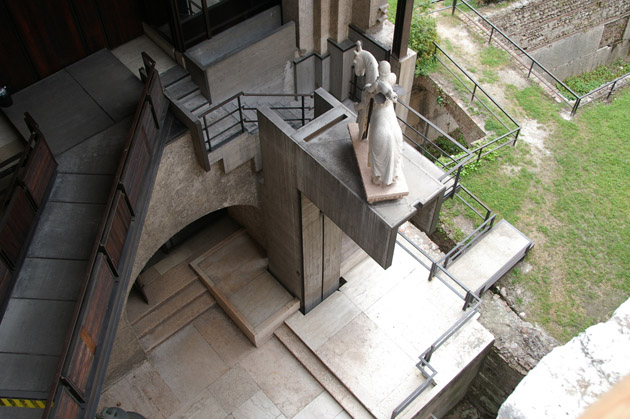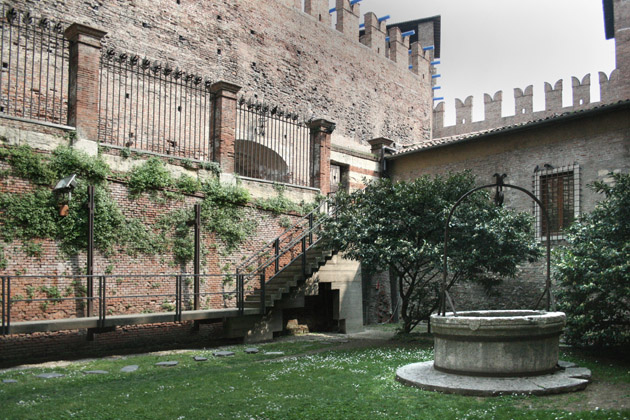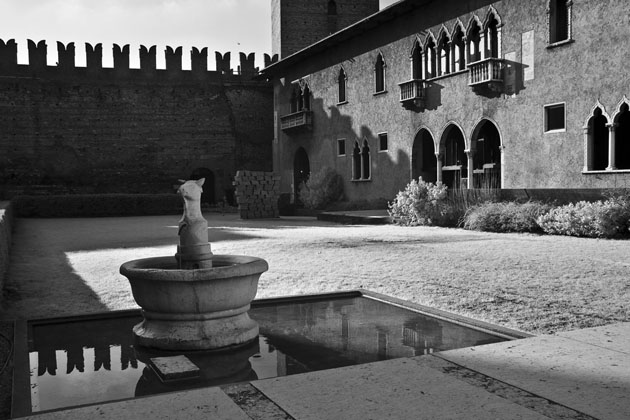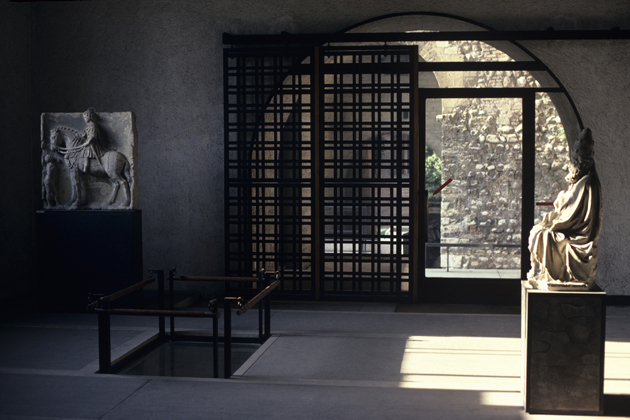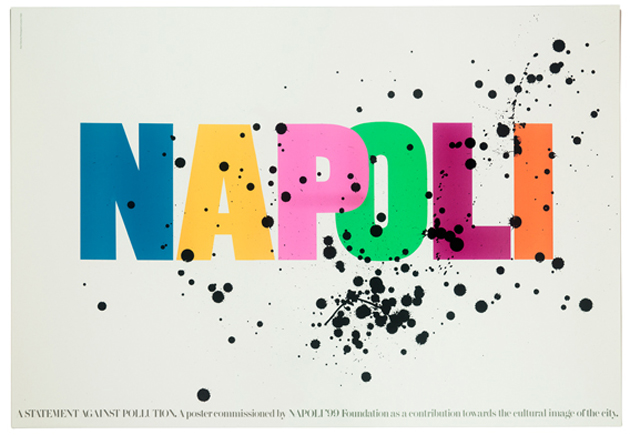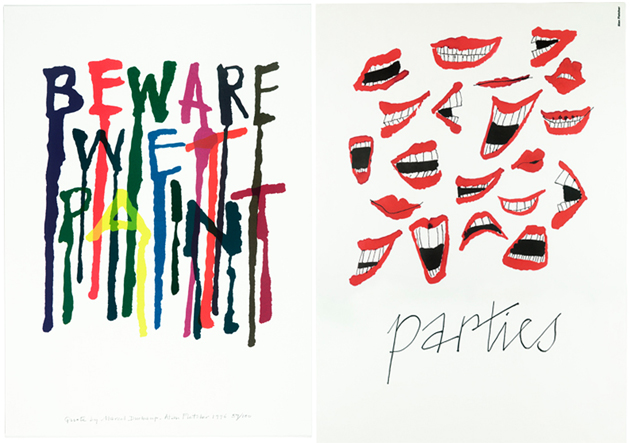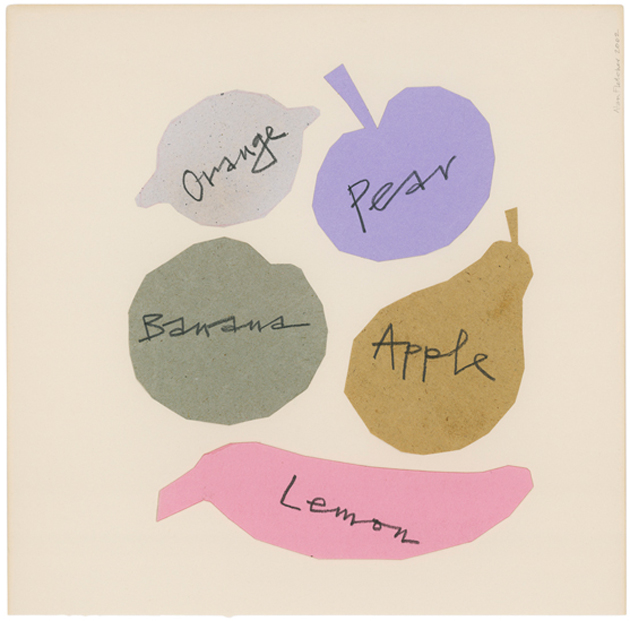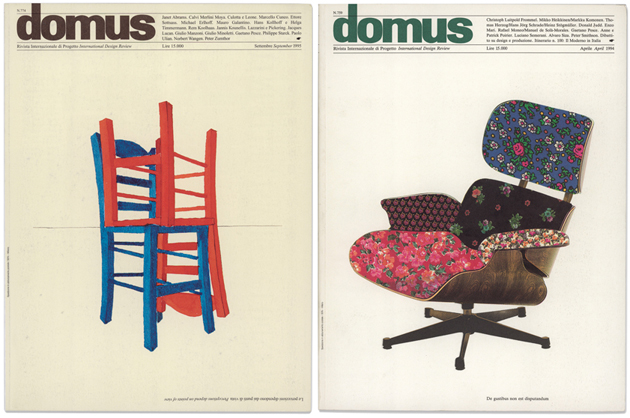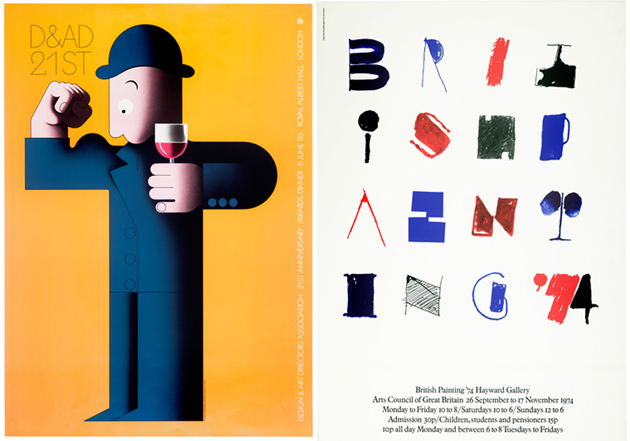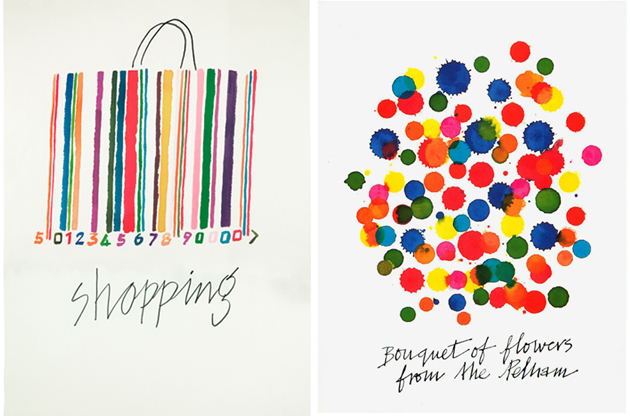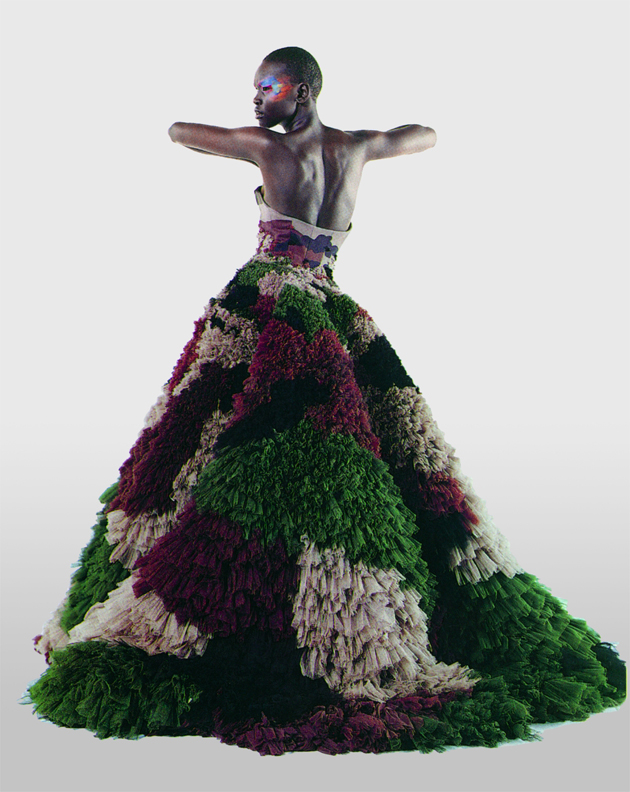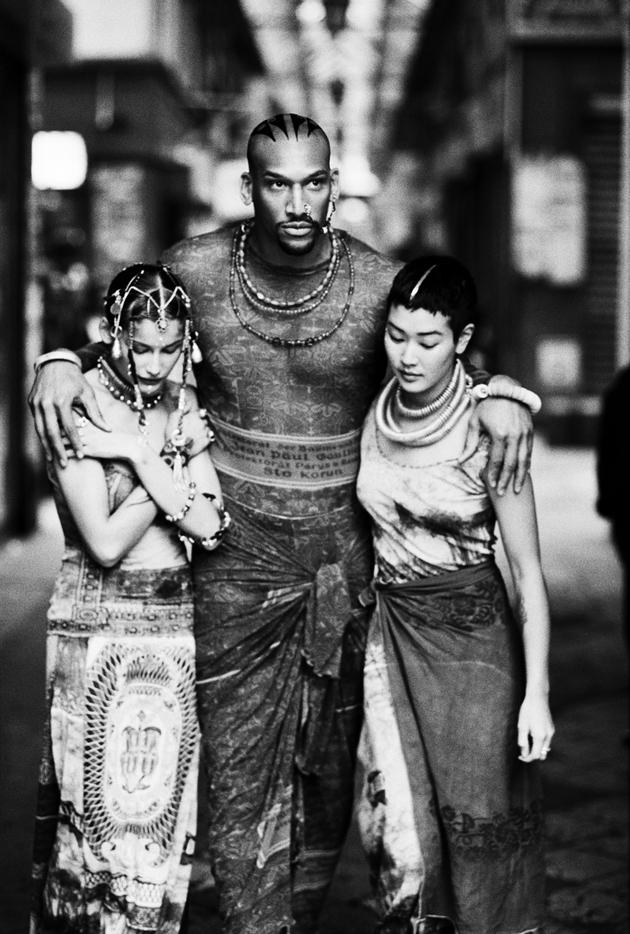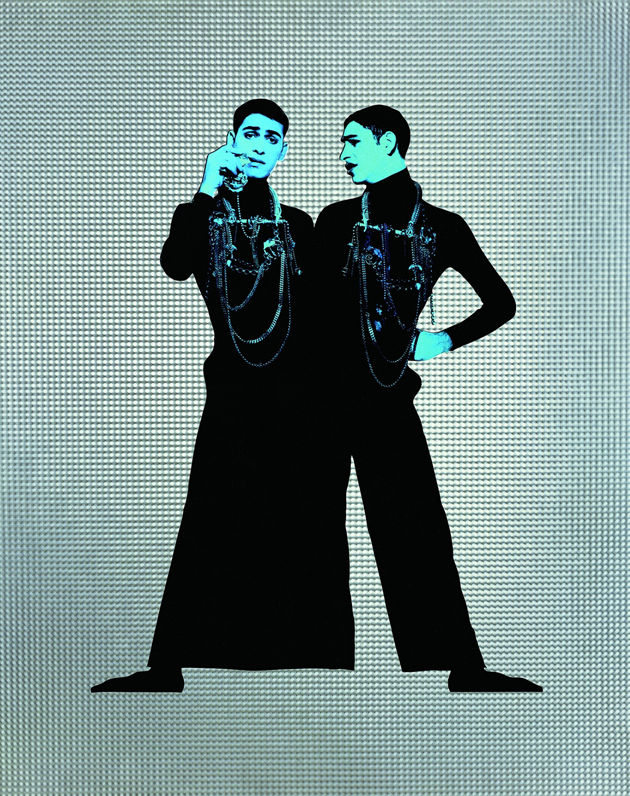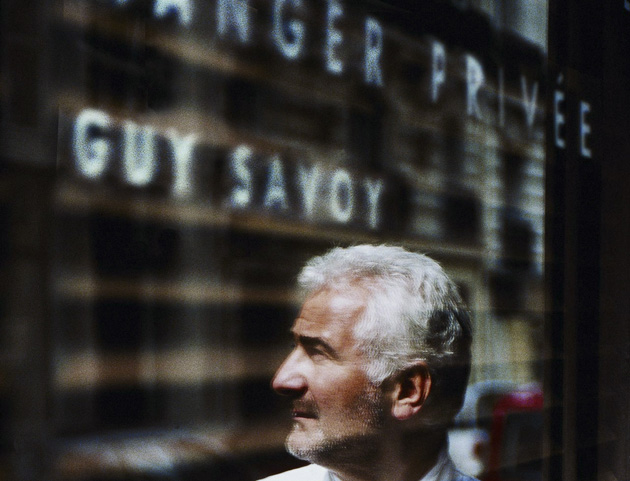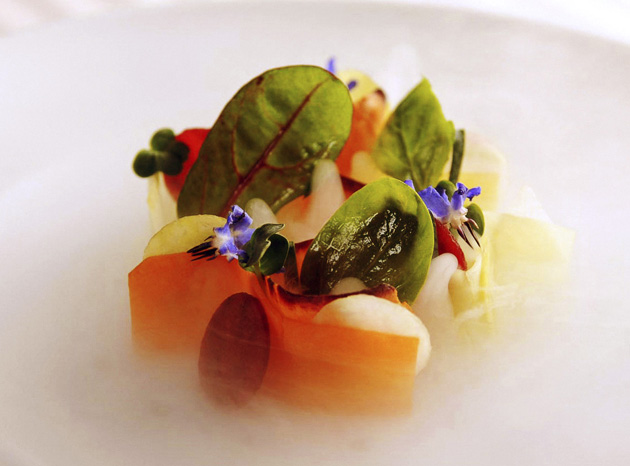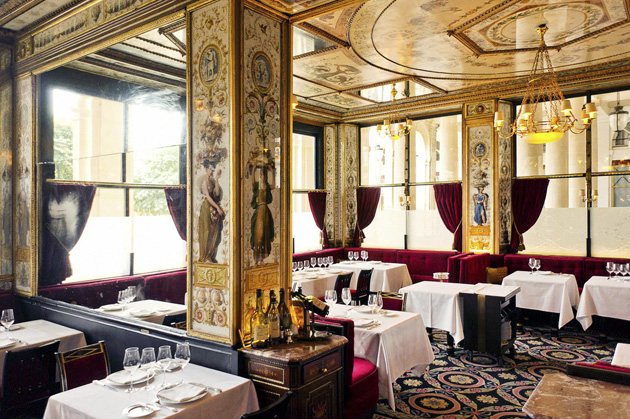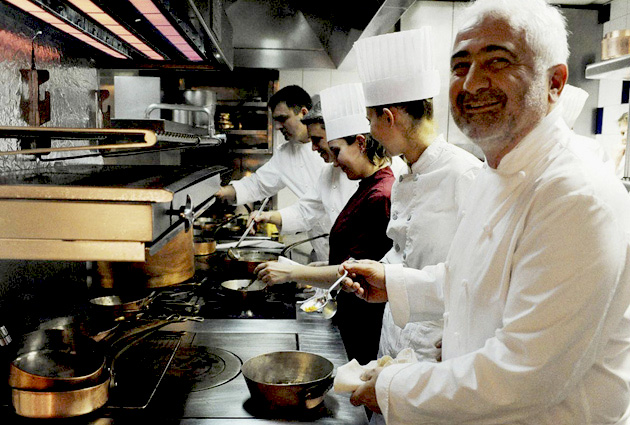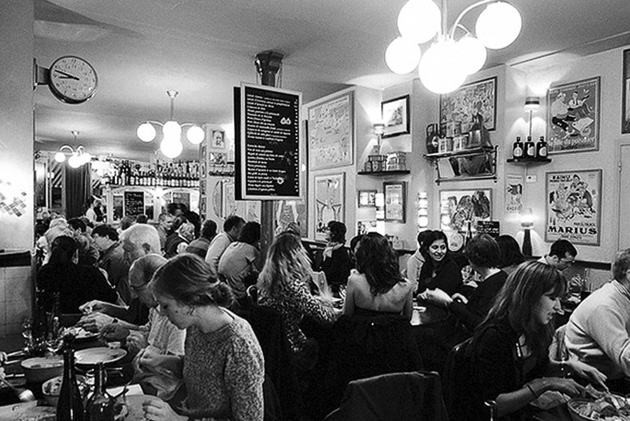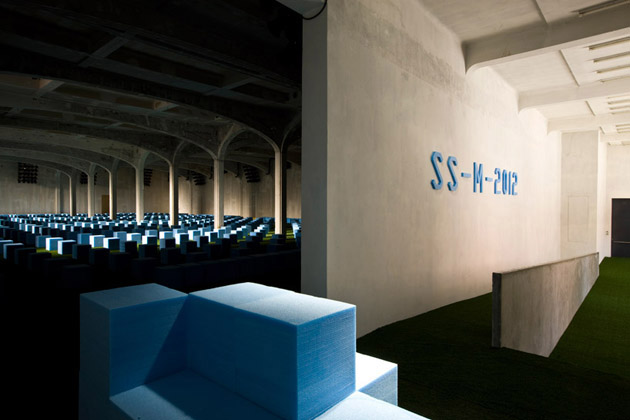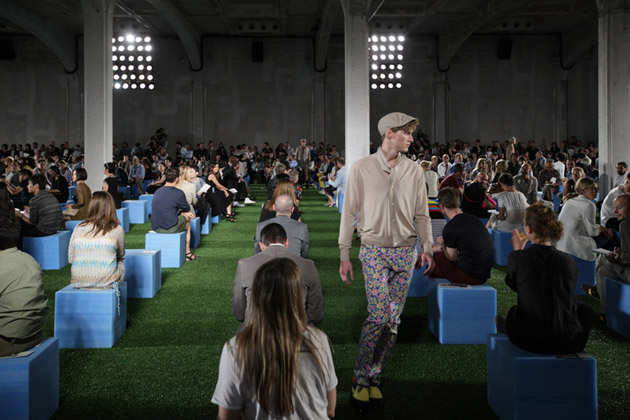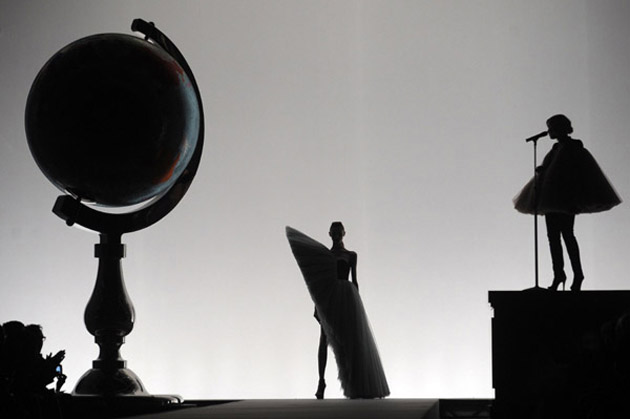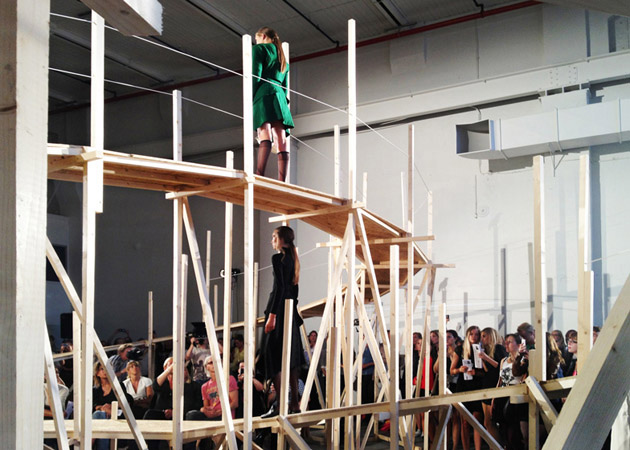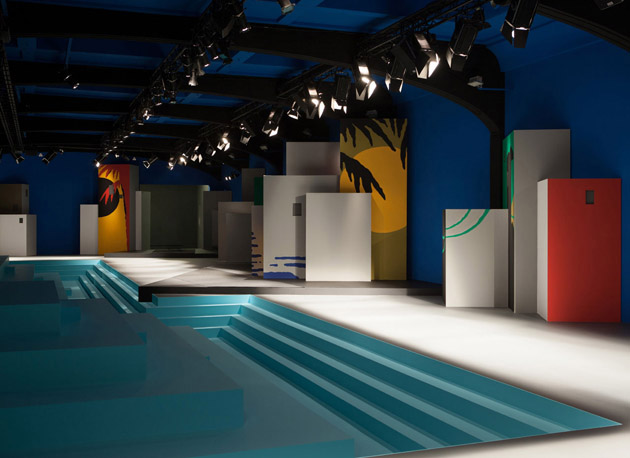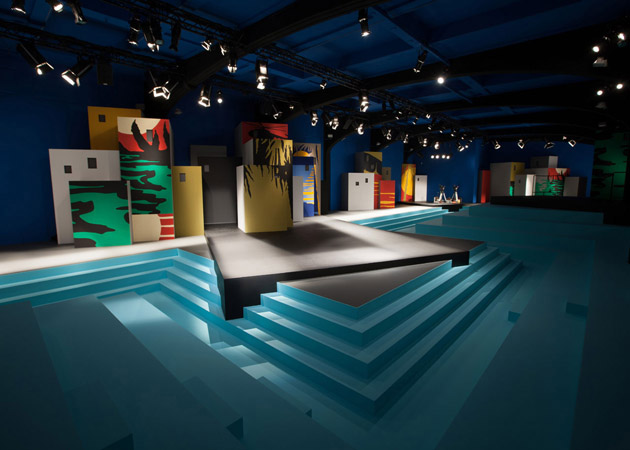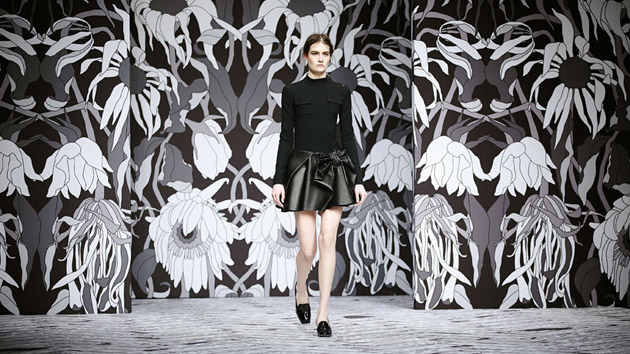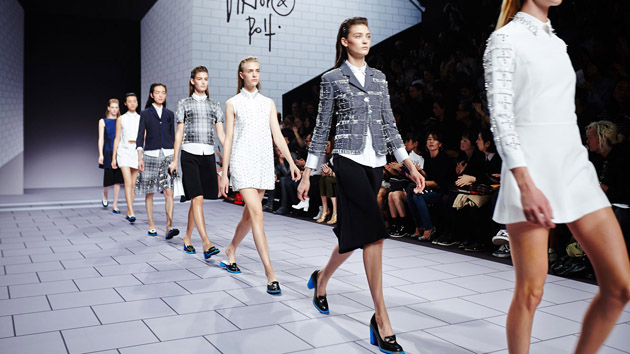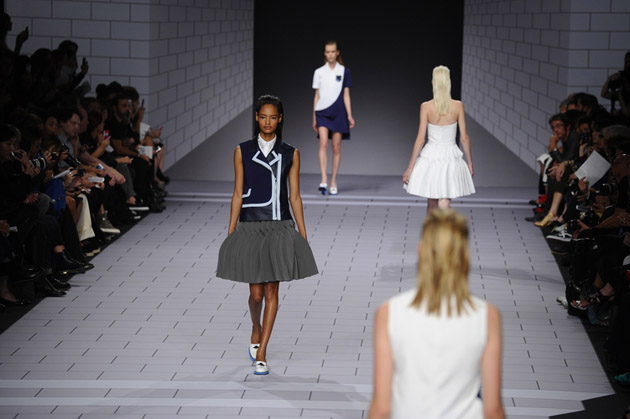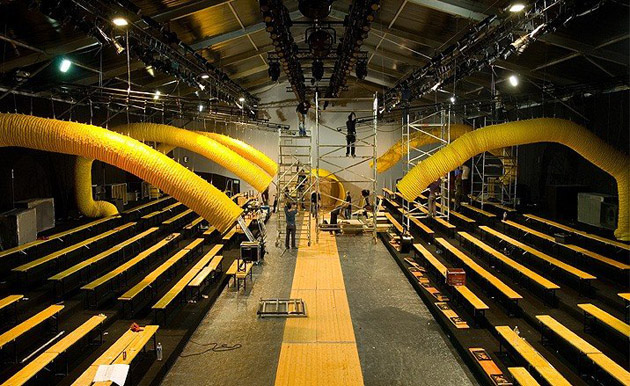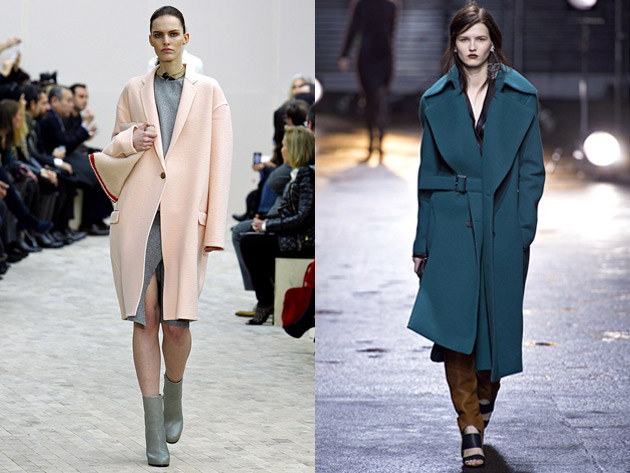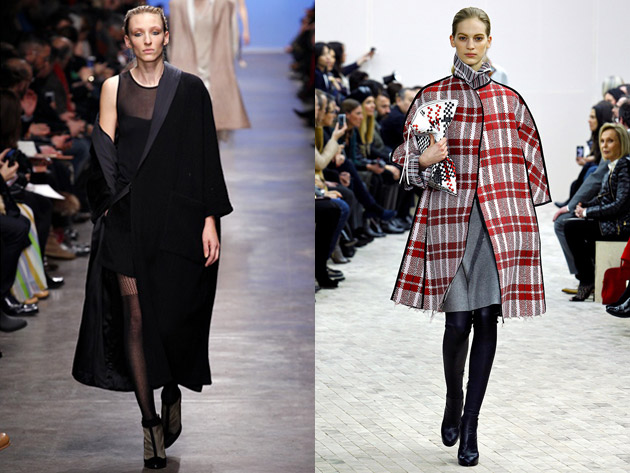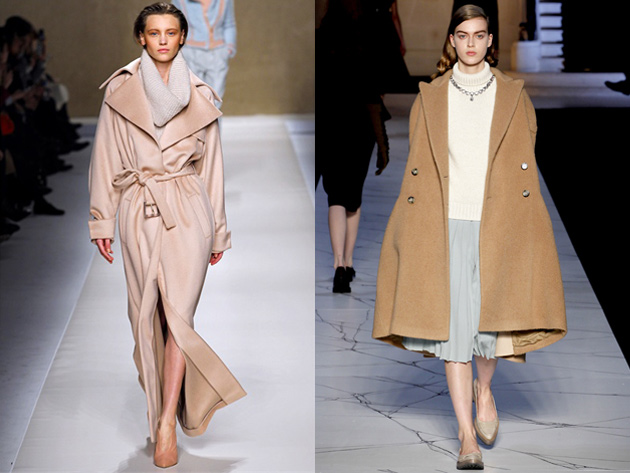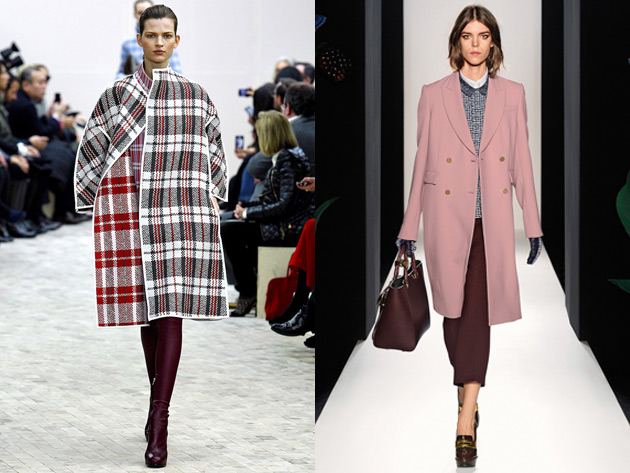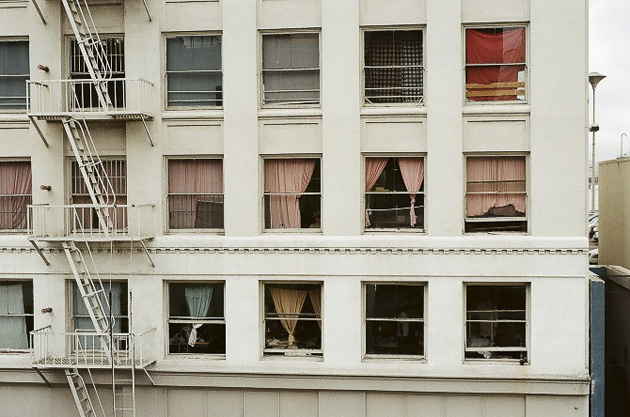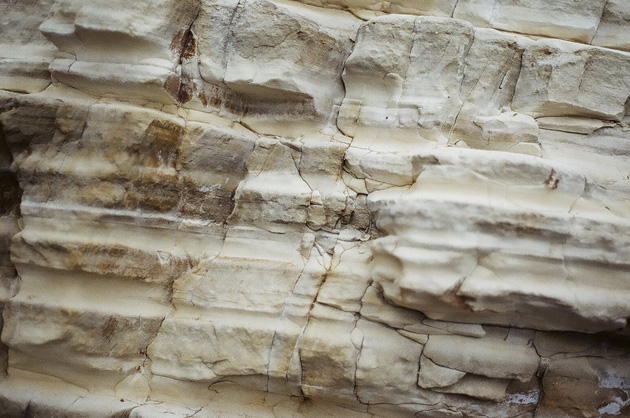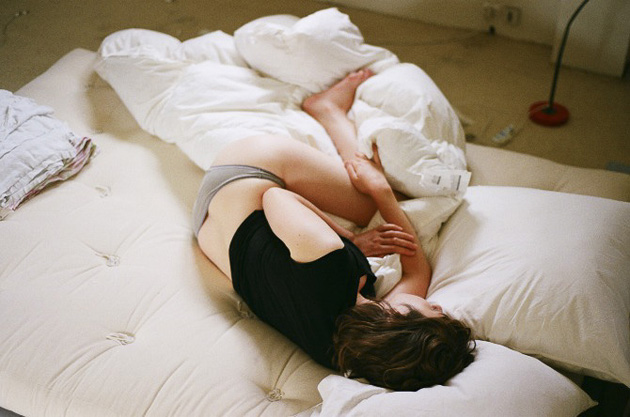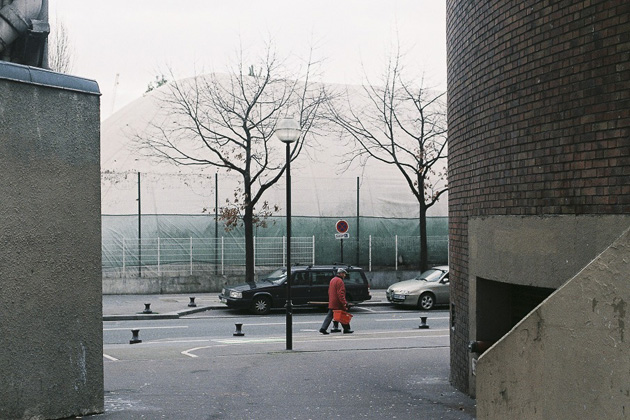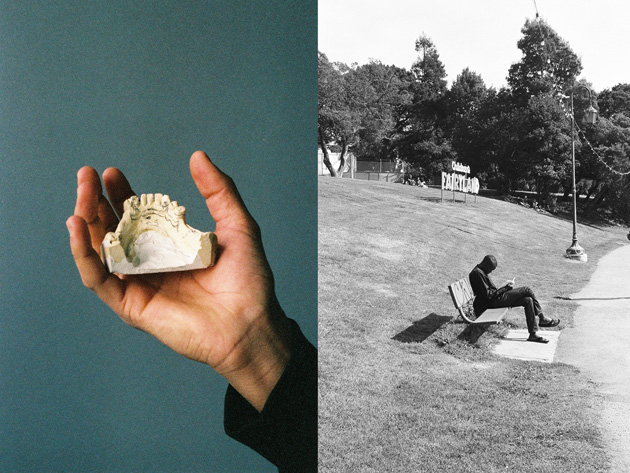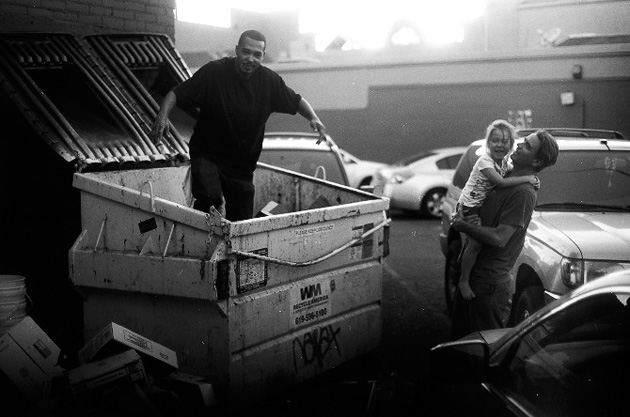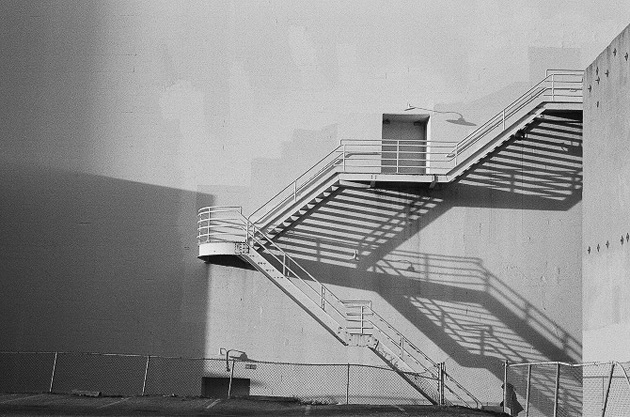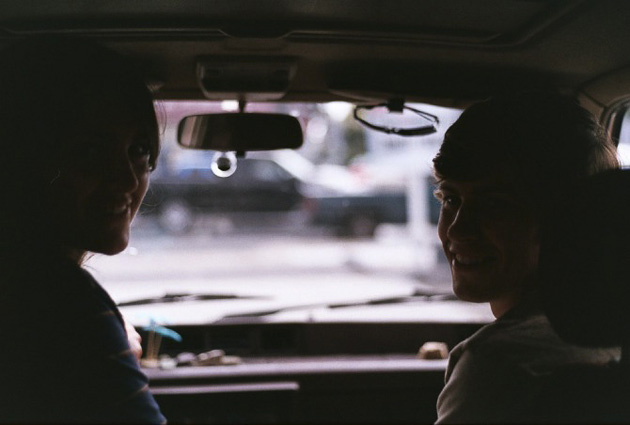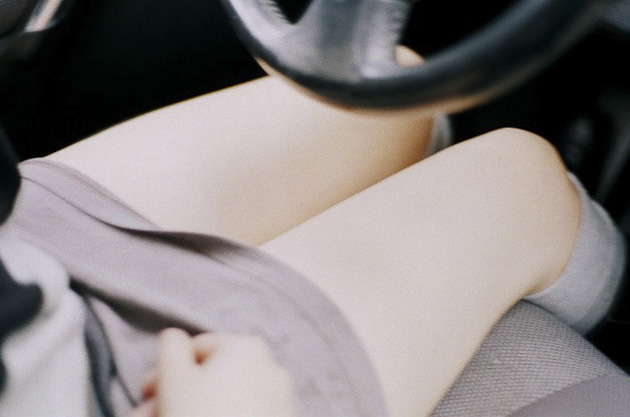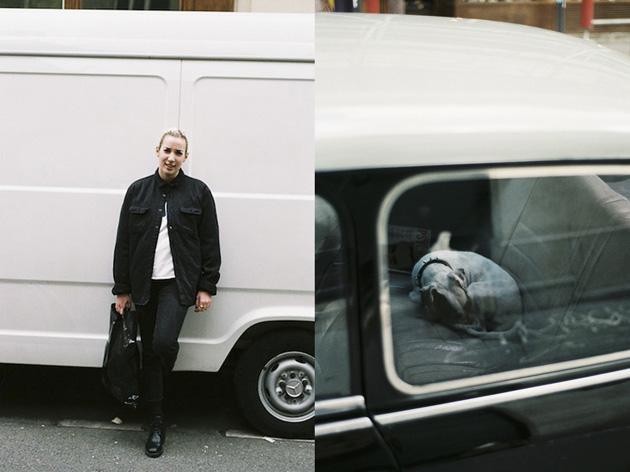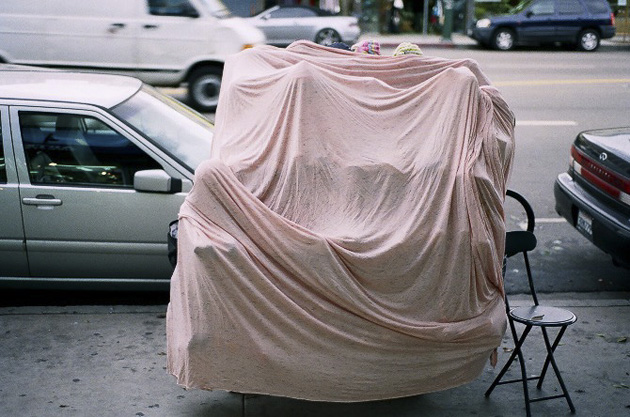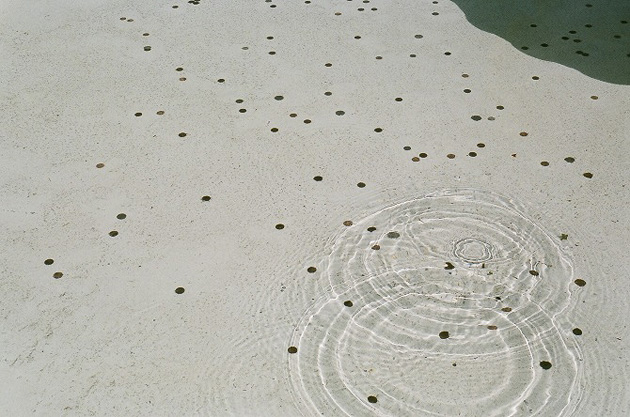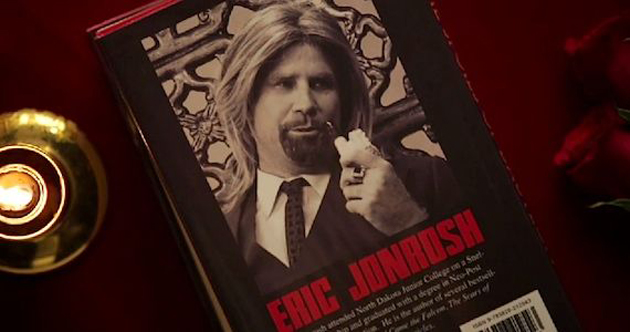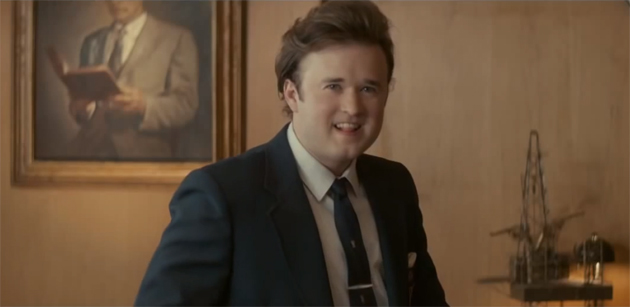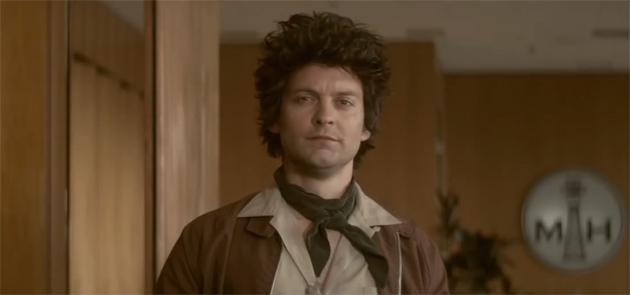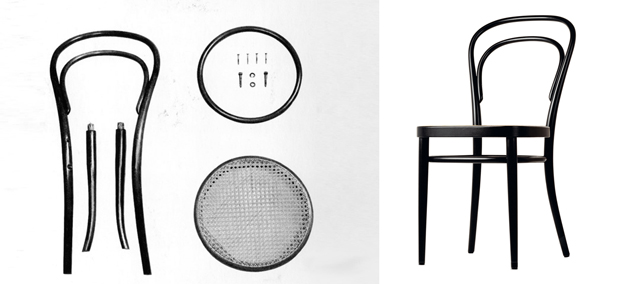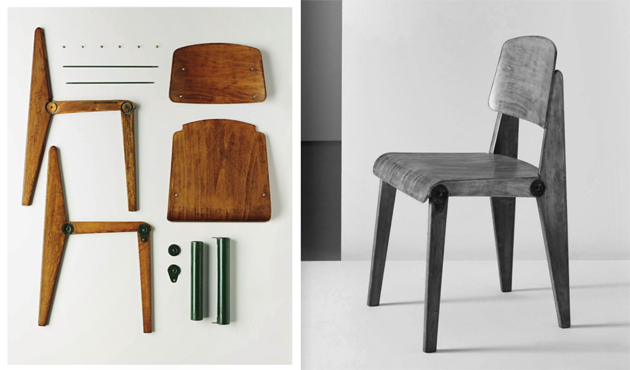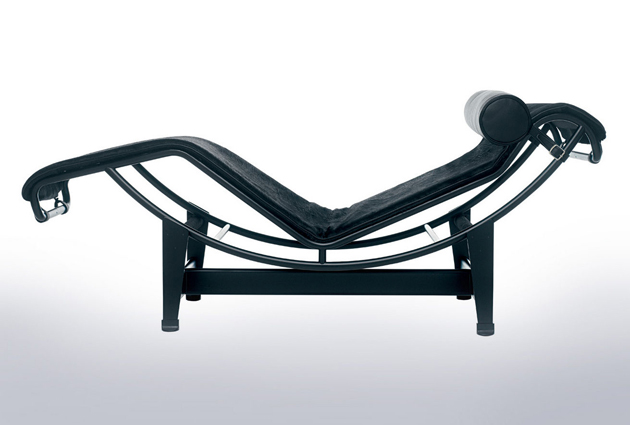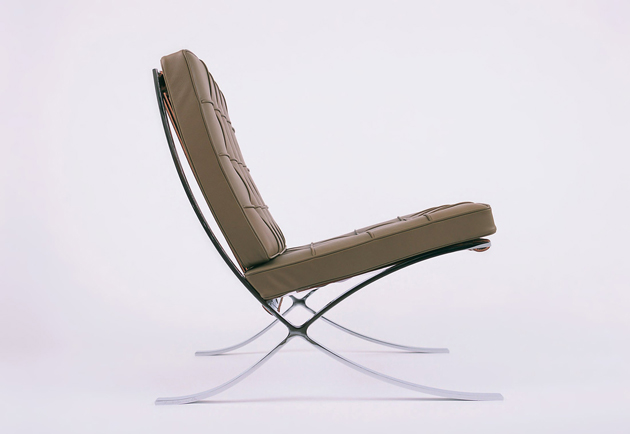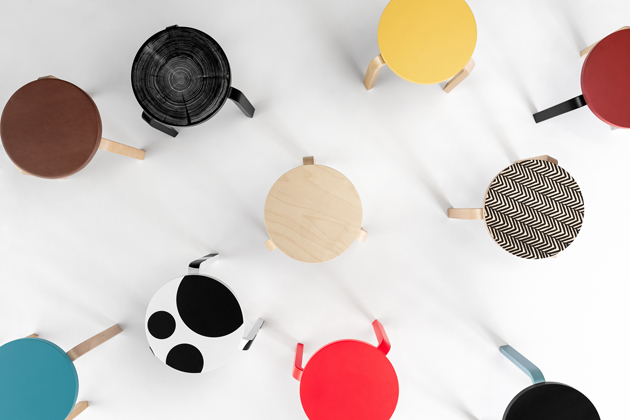Irony is the master of horror. That humiliating moment of sharp existential pain that comes with the realisation that everything you once took for granted, the total spectrum of your understanding of things, is not just inaccurate, but totally laughable; ripping a crack right through the comfort of your everyday consciousness to the very depths of your cold unfamiliar subconscious (where no man has been before) and unveiling an army of skeletons in the closet, waiting to devour you.
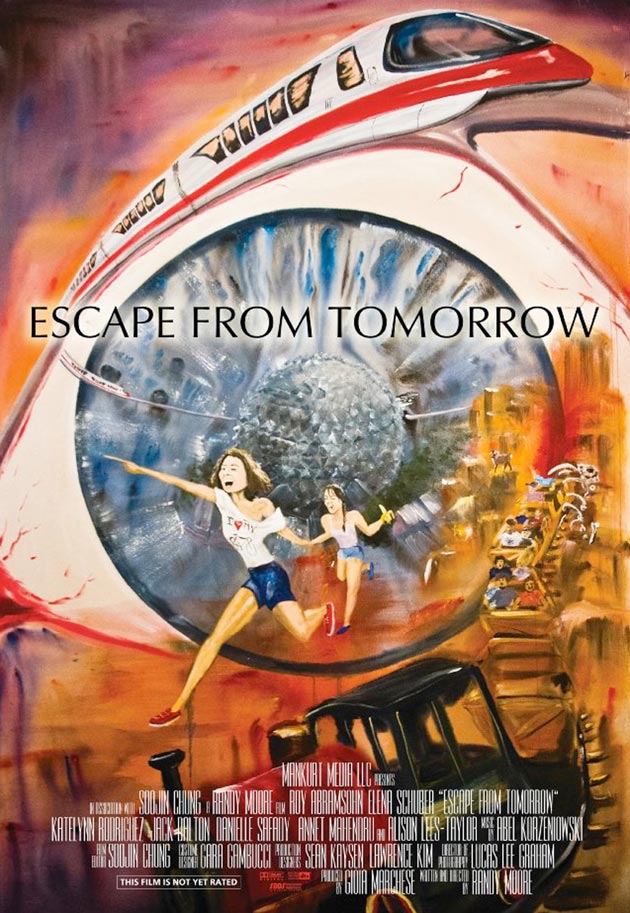
Escape from Tomorrow is the story of Jim White, an ordinary American Joe visiting Walt Disney World with his family (the title references the 60s Walt Disney project EPCOT – Experimental Prototype Community of Tomorrow – a planned ‘test city’ intended to serve as an experimental platform for new innovations in city life that was never realized). On the last day of their vacation Jim receives a phone call from his boss informing him that he has been laid off. This becomes the catalyst for the floodgates of his subconscious to tear open, unleashing his demons and revealing another side to Disney World, a side Disney would certainly not want us to see. Hence why the film was shot in complete secrecy, by writer-director Randy Moore, using advanced guerrilla filmmaking techniques.
Other similar subversive attempts have been made before in Disney World. See Missing in the Mansion and Banksy‘s Exit Through The Gift Shop. The former is about a marriage proposal going horribly wrong on one of the rides and the latter includes a guerrilla project set in Disney World about the inhumane detention of terror suspects in Guantanamo Bay. All three films present the ‘super happy’ setting of Disney as a platform for the horrors of irony; the horror that things may not be as ‘super happy’ as they seem. Happy Halloween!
Peter Eramian